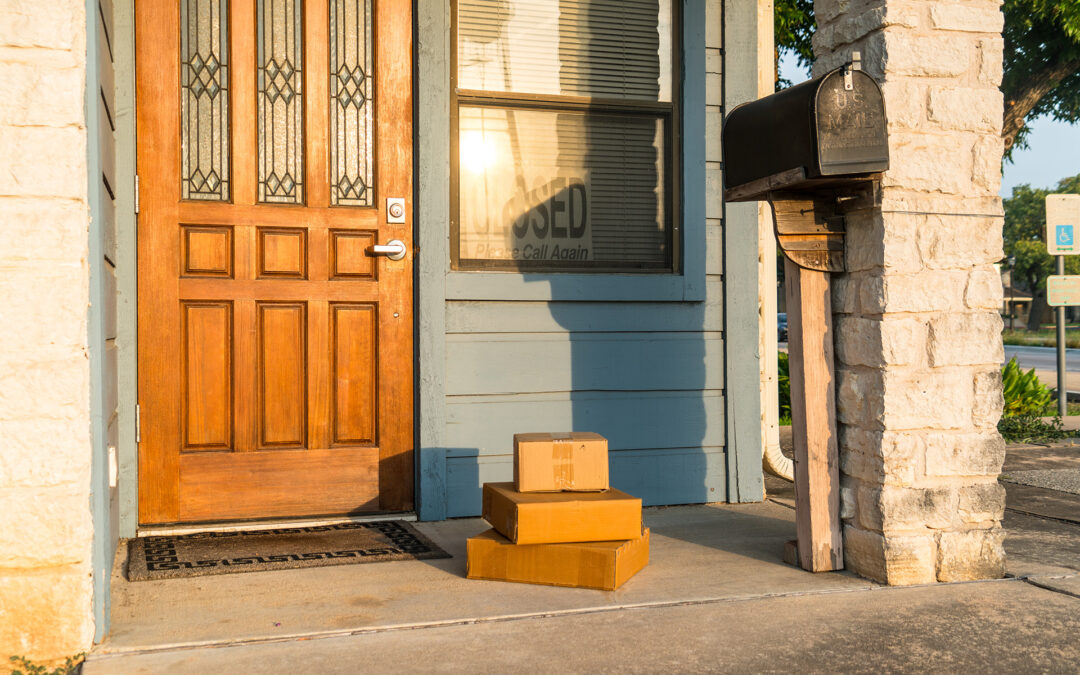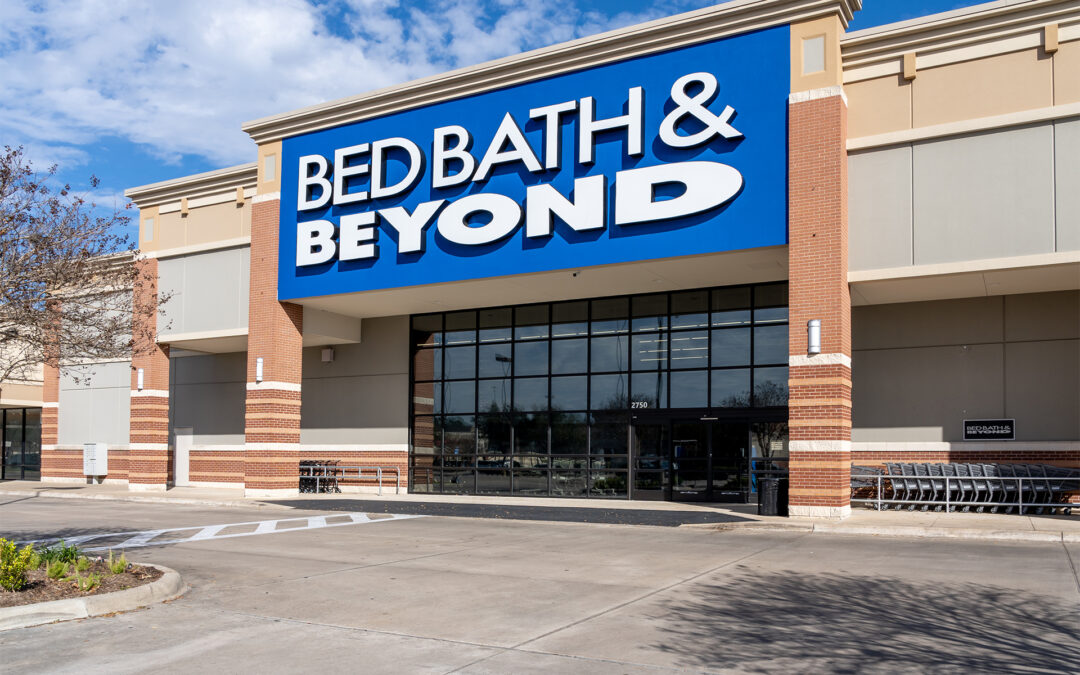Consumers are ready to ring in the holiday season at home at the register.
Holiday retail spending is expected to increase 4% to 7% compared to 2021, according to several analysts, with research firm Numerator predicting more than half of Americans will spend $200 or more overall on their holiday celebrations. This figure includes gifts and hosting supplies such as food and the housewares goods necessary to prep, cook, serve and entertain guests.
A sense of nostalgia is driving consumers this year more than ever as they look forward to gathering with family and friends that they might not have been able to see over the last two years because of the pandemic. And while this enthusiasm puts the housewares industry in a prime position for a successful sales season, how and when consumers are spending this year is key for retailers seeking a piece of the pie.
“Consumers are shopping earlier than ever due to both the residual effects of last year’s supply chain issues, while also hoping to get the best deals and discounts to manage their holiday budgets,” said Emily Laumer, Syndicated Research Lead at CivicScience, a real-time consumer data research company. “It is extremely important for retailers to get ahead on their holiday promotions this year: They simply can’t wait.”

Emily Laumer
Consumers are shopping earlier than ever due to both the residual effects of last year’s supply chain issues, while also hoping to get the best deals and discounts to manage their holiday budgets. It is extremely important for retailers to get ahead on their holiday promotions this year: They simply can’t wait.
– Emily Laumer, Syndicated Research Lead at CivicScience
According to the 2022 CivicScience Consumer Holiday Tracker, nearly a third (29%) of holiday shoppers had already begun their holiday shopping in August. Why? In hopes of grabbing deals and discounts as they deal with looming inflation, higher interest rates and rising household costs. And they are finding those deals now.
“Inventory came in so late this year because of the bottleneck effect from last year and because of that a lot of retailers are left with inventory that doesn’t really match what consumers are looking for right now,” explained R.J. Hottovy, head of analytical research at Placer.ai, a leader in retail location analytics and foot–traffic data. “So, what they’re doing right now is discounting that leftover stock to get fresh inventories in position ahead of the holiday season.”
Hottovy predicted as retailers expand their holiday shopping season, scrambling to bring in more inventory, the window of opportunity will tighten, which ultimately will lead to more promotions well into the end of the holiday season.
However, instead of slashing prices and special promotions to capture consumers’ attention and dollars, Laumer suggested retailers should prioritize consumer emotions, such as easing their concerns about finding in-stock products, celebrating once again with family and friends and how to make it all work despite tighter budgets.
Another theme retailers should keep in mind as they communicate to shoppers this season: Intentional buying.
“Facing rising costs, especially food prices, consumers are being more cautious about what they are spending their money on overall, and they are more intentional about their purchases,” CivicScience’s Laumer.
She suggested that it is more critical than ever for retailers and marketers to highlight not only the dollar value of their housewares products but also the value of the product’s enhancement to a consumer’s life.
Retailers need to stop and really focus on what has been a pain point for consumers this year, such as rising food costs. People are looking to extend their grocery purchases into multiple meals to serve during the week, and/or take with them to the office or to school. So with that behavior, on-the-go and at-home food storage, including travel coffee mugs, all come into play.
– R.J. Hottovy, Head of Analytical Research, Placer.ai

R.J. Hottovy
Placer.ai’s Hottovy echoed this sentiment, further predicting that several categories such as hydration, food storage and organizational goods have a good chance of being highlights for holiday shoppers this year.
“Retailers need to stop and really focus on what has been a pain point for consumers this year, such as rising food costs,” Hottovy said. “People are looking to extend their grocery purchases into multiple meals to serve during the week, and/or take with them to the office or to school. So with that behavior, on-the-go and at-home food storage, including travel coffee mugs, all come into play.”
In the same vein, hydration bottles will continue to be a focus, as health and wellness remain a driving lifestyle factor among consumers. Plus, Hottovy noted, with so many workers returning to the office, health-related items such as compact air purifiers, fans and humidifiers have increased in demand in an effort to keep consumers comfortable and healthy outside of the home.
Hottovy and Laumer predict a healthy holiday shopping season overall, and they advise retailers to keep a close eye on the volatile economic factors and their effect on consumer behavior over the next few months.
“There’s no doubt holiday shopping will continue, even though it may be a more challenging year this year versus what retailers dealt with over the last couple of years,” Hottovy said. “But there still are some smart strategies that you can use to drive visits to your stores.”





